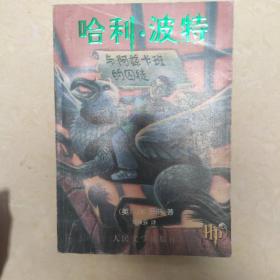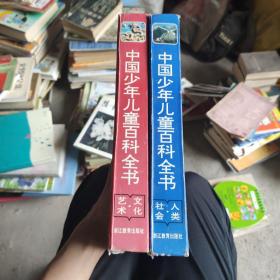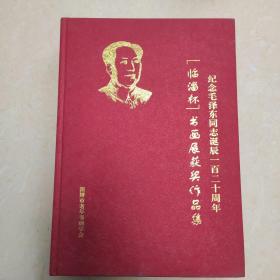
数学家用的量子场论
幸福城1-3
¥ 258 九五品
仅1件
山东淄博
认证卖家担保交易快速发货售后保障
作者R.Ticciati
出版社世界图书出版公司
出版时间2001-06
版次1
装帧平装
上书时间2024-09-18
- 在售商品 暂无
- 平均发货时间 21小时
- 好评率 暂无
- 店主推荐
- 最新上架
商品详情
- 品相描述:九五品
图书标准信息
- 作者 R.Ticciati
- 出版社 世界图书出版公司
- 出版时间 2001-06
- 版次 1
- ISBN 9787506250955
- 定价 105.00元
- 装帧 平装
- 开本 其他
- 纸张 胶版纸
- 页数 699页
- 【内容简介】
-
After completing my dissertation in differential geometry, I returned to Maharishi University of Management to join the faculty there. The greatest need for my services was in the physics department, and the chairman, the well-known John Hagelin, pointed the finger of authority and said 'quantum field theory!' The class to start in a few weeks. I laughed, but John was serious.
Fortunately, I had audited Sidney Coleman's outstanding Harvard lectures and had taken very good notes. Equally fortunate, I had Robert Brandenburger's official aolutions to all the homework sets. I rolled up my sleeves and waded in.
As we battled through the material, the beautiful architecture of Coleman's coures became apparent. It introduced the primary concepts - canonical quantization, renormalization, spin, functional integral quantization - one at a time and made each one practical before advancing to the next abstraction. It started with simple models and provided motivation for each elaboration.
The students, however, pinned me to the board with questions about every step in the logic. Could I produce some mathematics to fill the gap? Was there a physical principle which would justify the proposed step? The standard references failed to meet the need, and for the most part I was stumped. It was a couple of years later, when the next group of graduate students was ripening, that I found time to think out some answers. The result was a draft of the first nine chapters of this book. - 【目录】
-
Preface
Introduction
1. Relativistic Quantum Mechanics
1.0 Introduction
1.1 One-Particle State Space - Mathematics
1.2 One-Particle State Space - Physics
1.3 The Action of Translations on States
1.4 The Action of the Lorentz Group on States
1.5 Representing the Poincare Group
1.6 The Position Operator
1.7 Summary
2. Fock Space, the Scalar Field, and Canonical Quantization
2.0 Introduction
2.1 Bosonic Fock Space
2.2 Harmonic Oscillator Review
2.3 Application to Fock Space
2.4 The Free Scalar Field
2.5 Canonical Quantization of Classical Mechanics
2.6 Canonical Quantization of Classical Fields
2.7 The Structure of the Vacuum State
2.8 Summary
……
3 Symmetries and Conservation Laws
4 From Dyson's Formula to Feynman Fules
5 Differential Transition Probabilities and Predictions
6 Representations of the Lorentz Group
7 Two-Component Spinor Fields
8 Four-Component Spinor Fields
9 Vector Fields and Gauge Invariance
10 Reformulation Scattering Theory
11 Functional Integral Quaantiztion
12 Quantiztation of Gauge Theories
13 Anomalies and Vacua in Gauge Theories
14 SU(3)Representation Theory
15 The Structure of the Standard Model
16 Hadrons, Flavor Symmetry, and Nucleon-Pion Interactions
17 Tree-Level Applications of the Standard Model
18 Regularization and Renormalization
19 Renormalization of QED: Three primitive Divergencess
20 Renormalization and Preservation of Symmetries
21 The Renormalization Group Equations
Appendix
References
Index
点击展开
点击收起
— 没有更多了 —




























以下为对购买帮助不大的评价